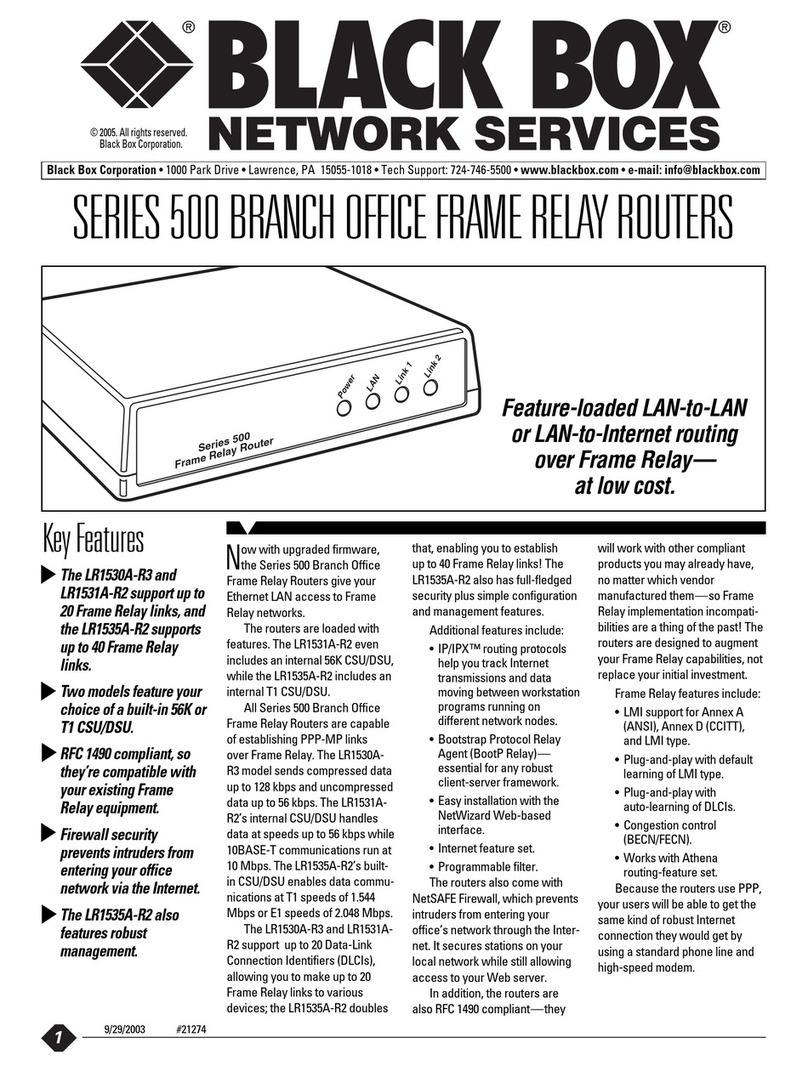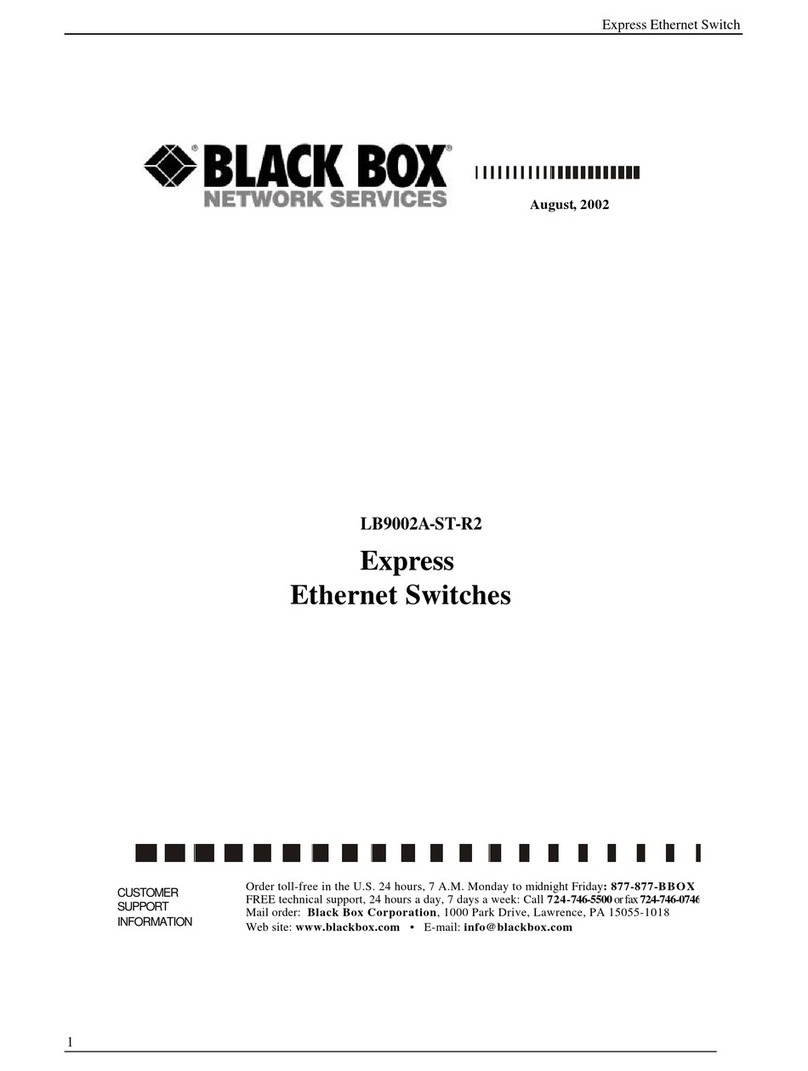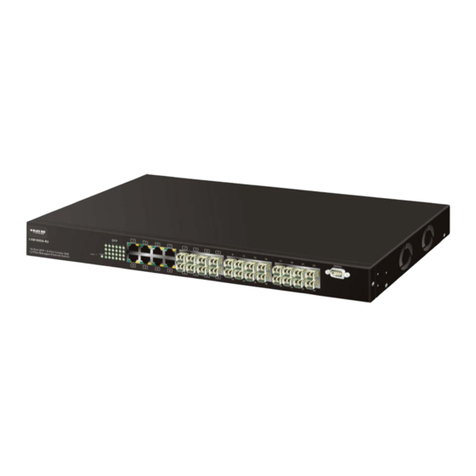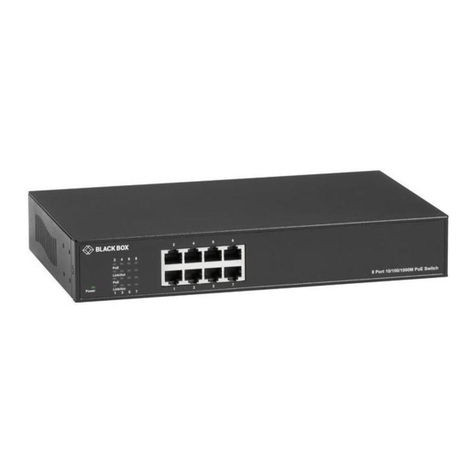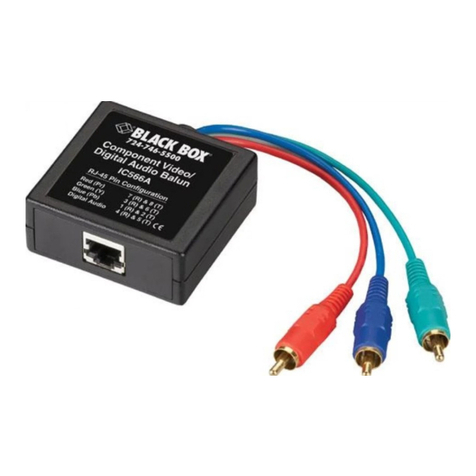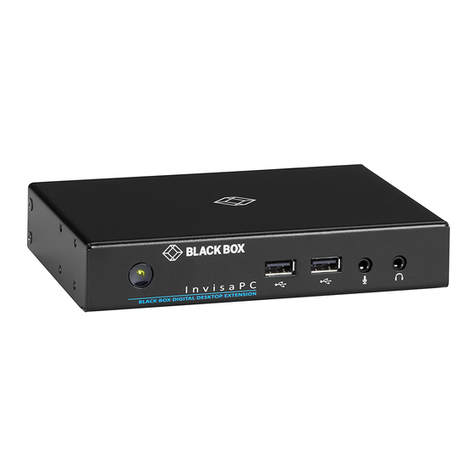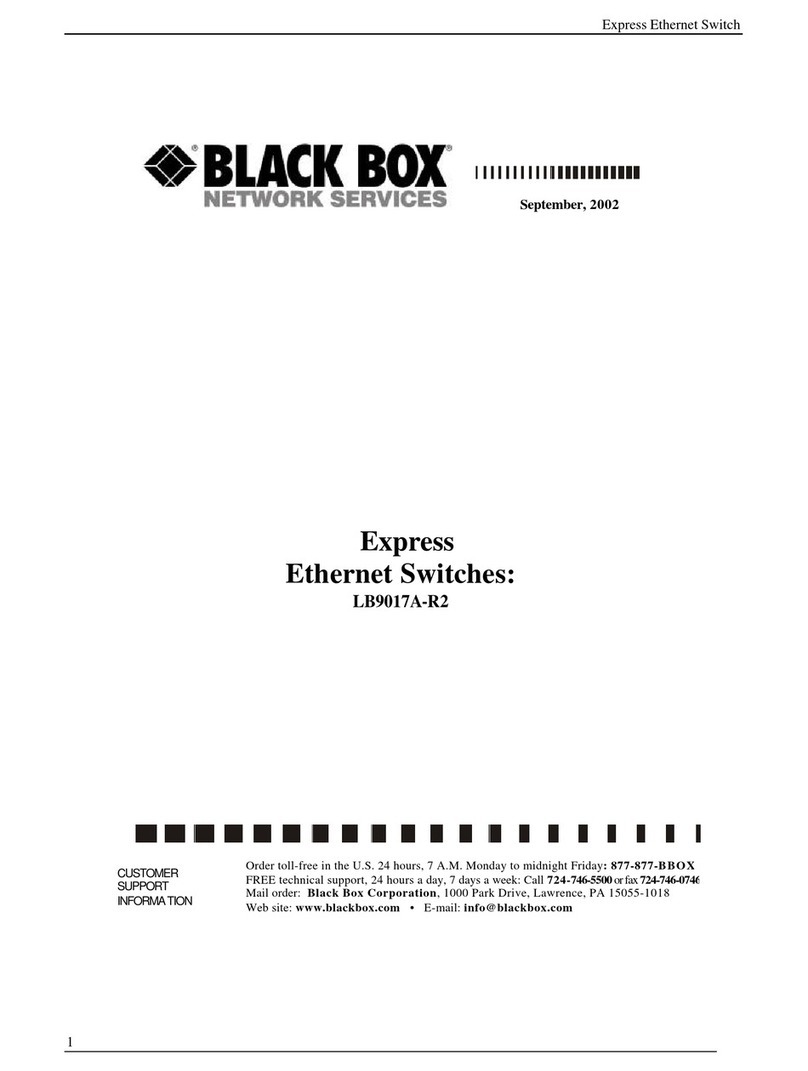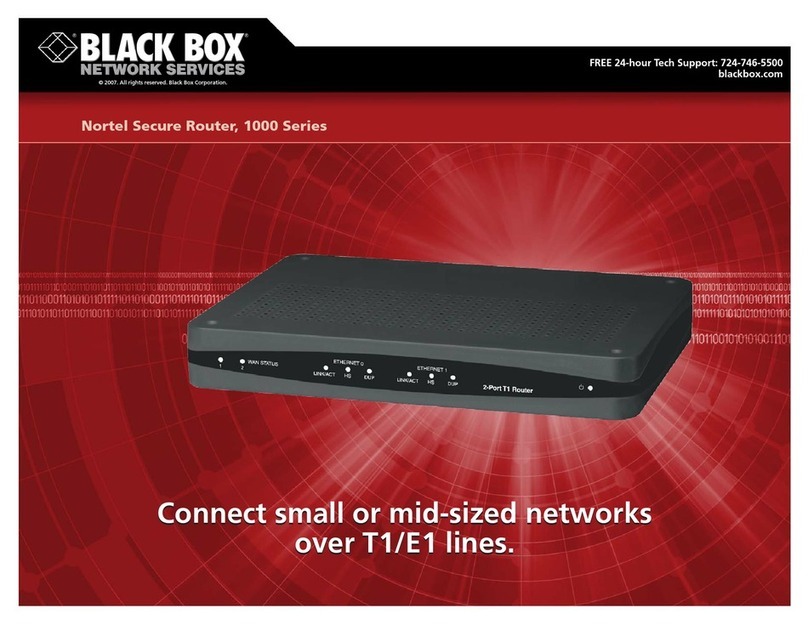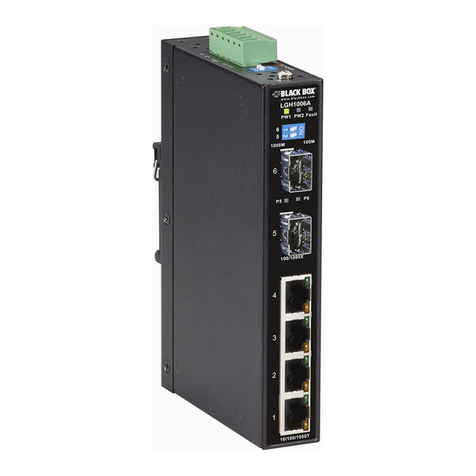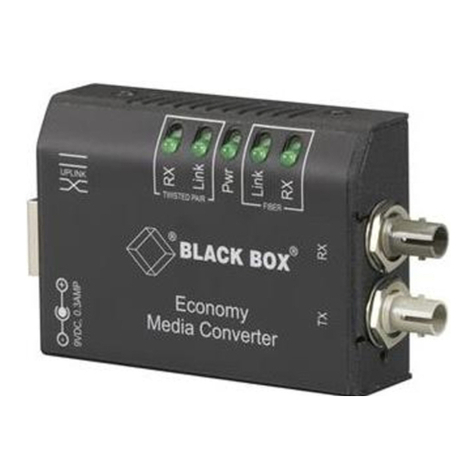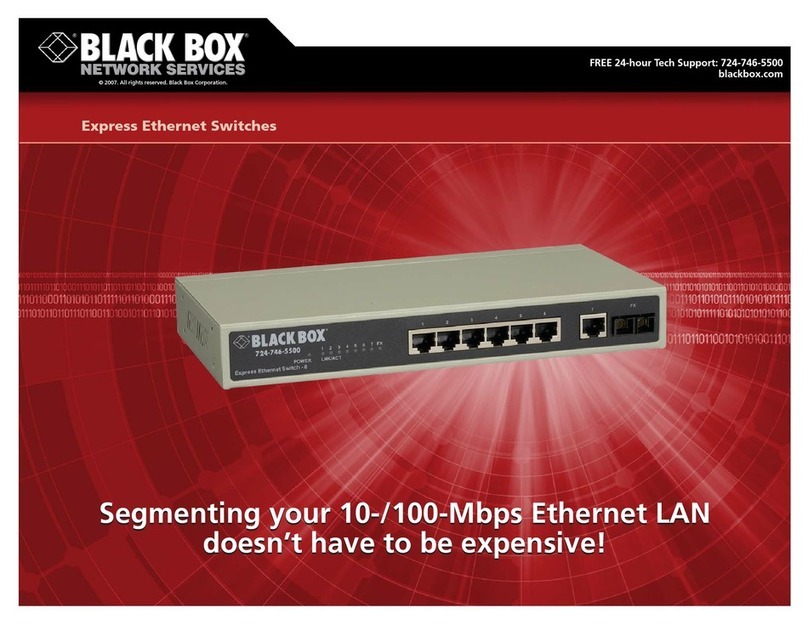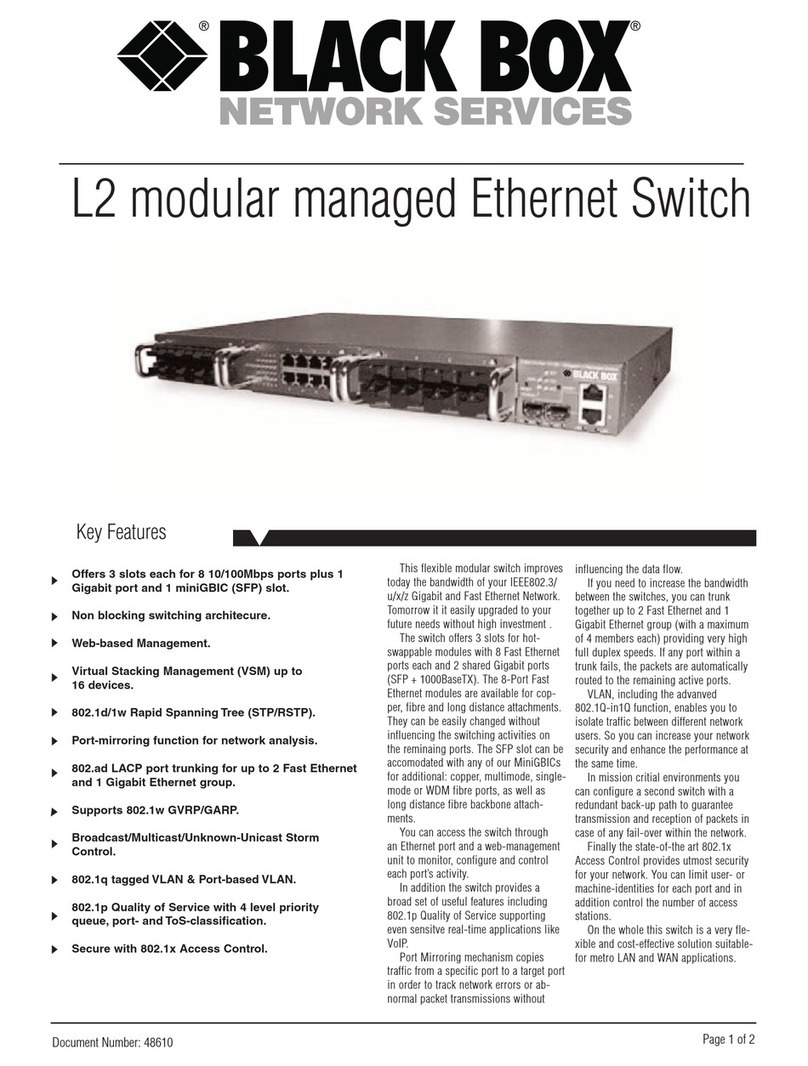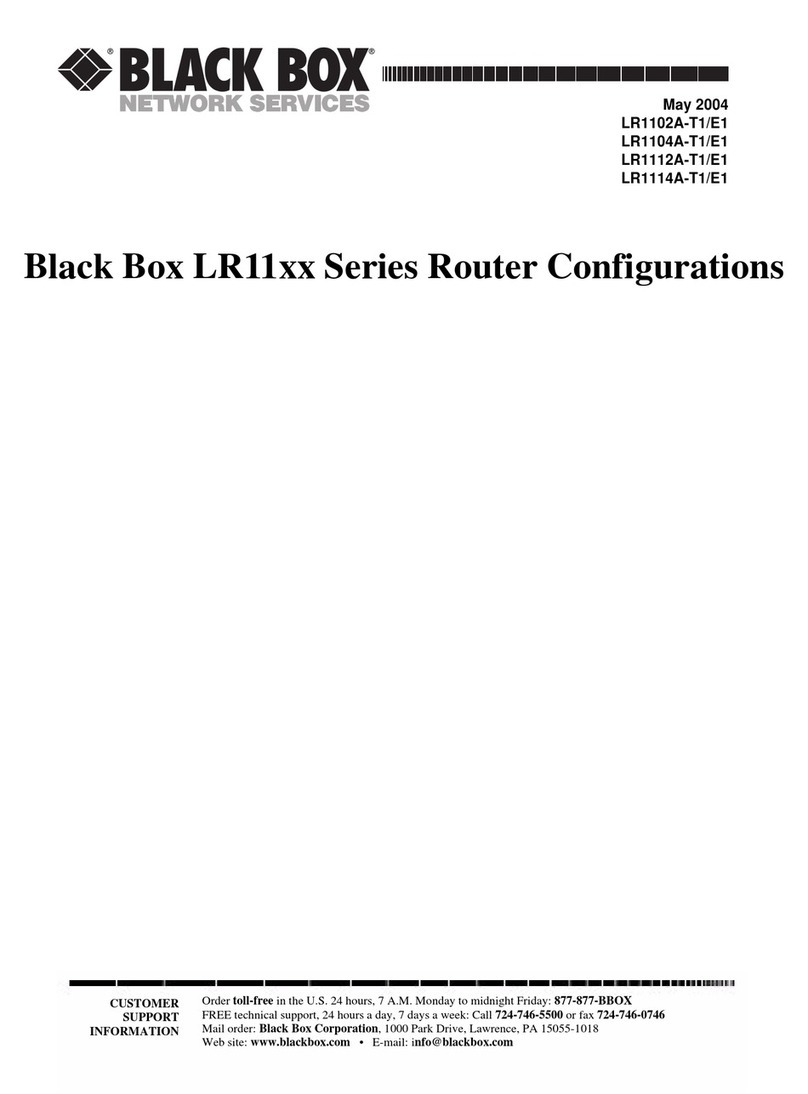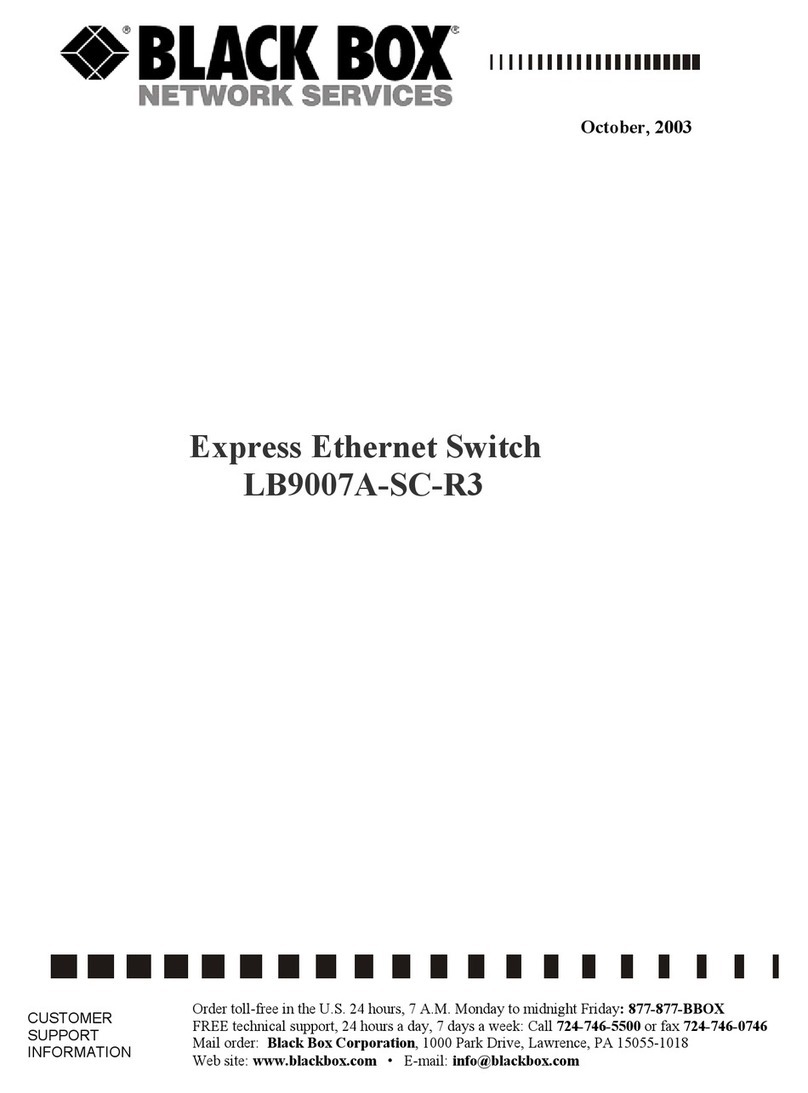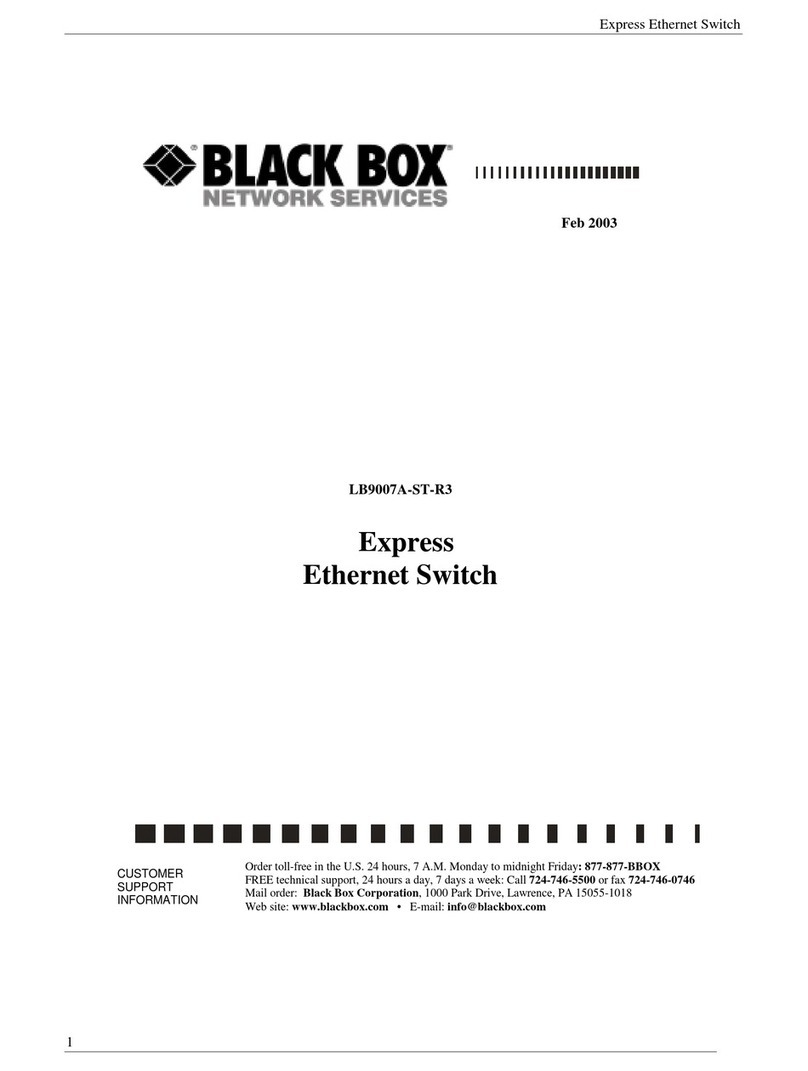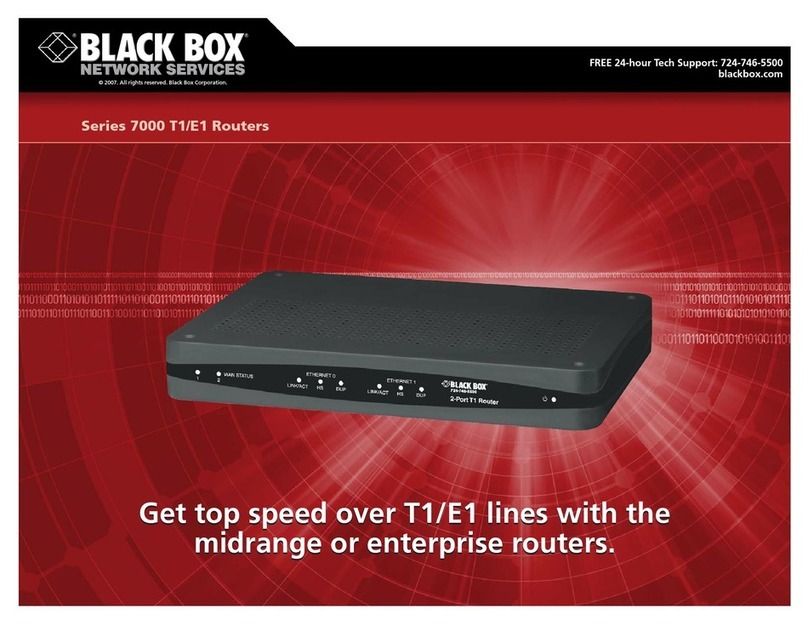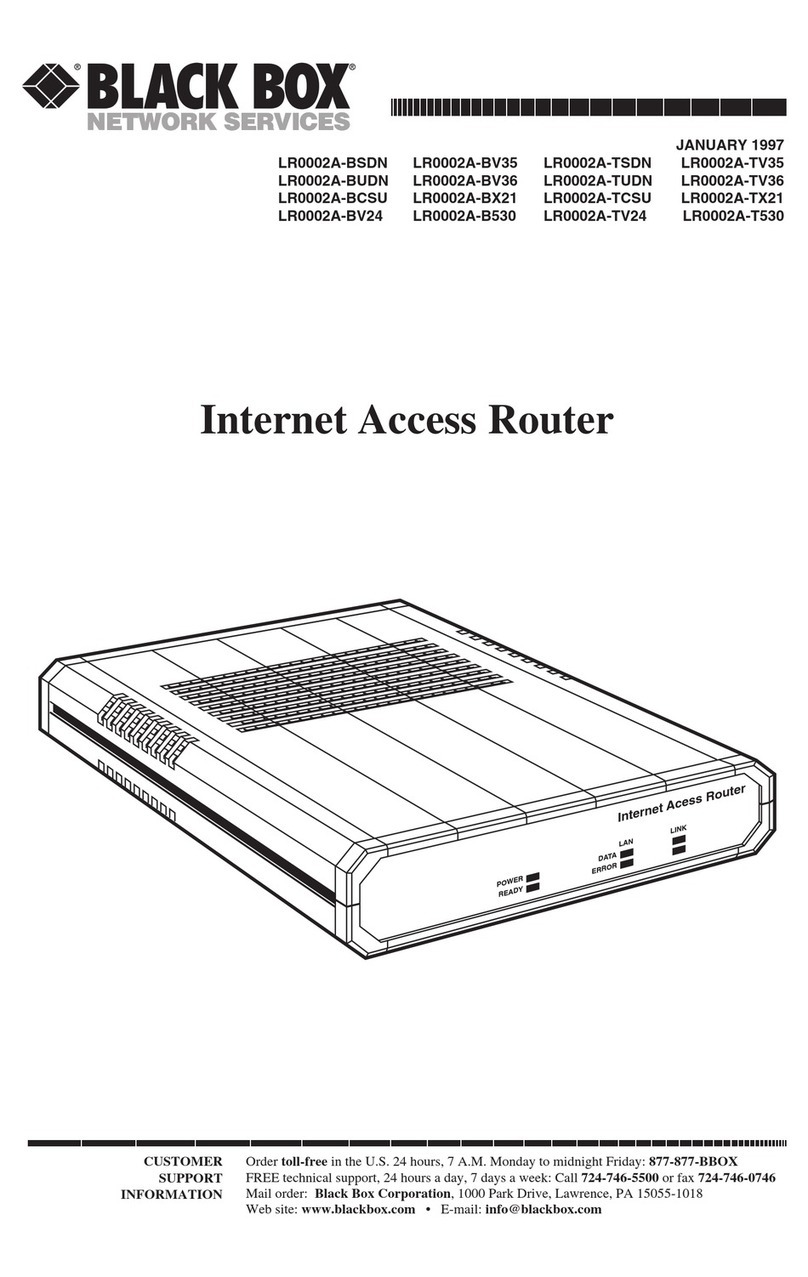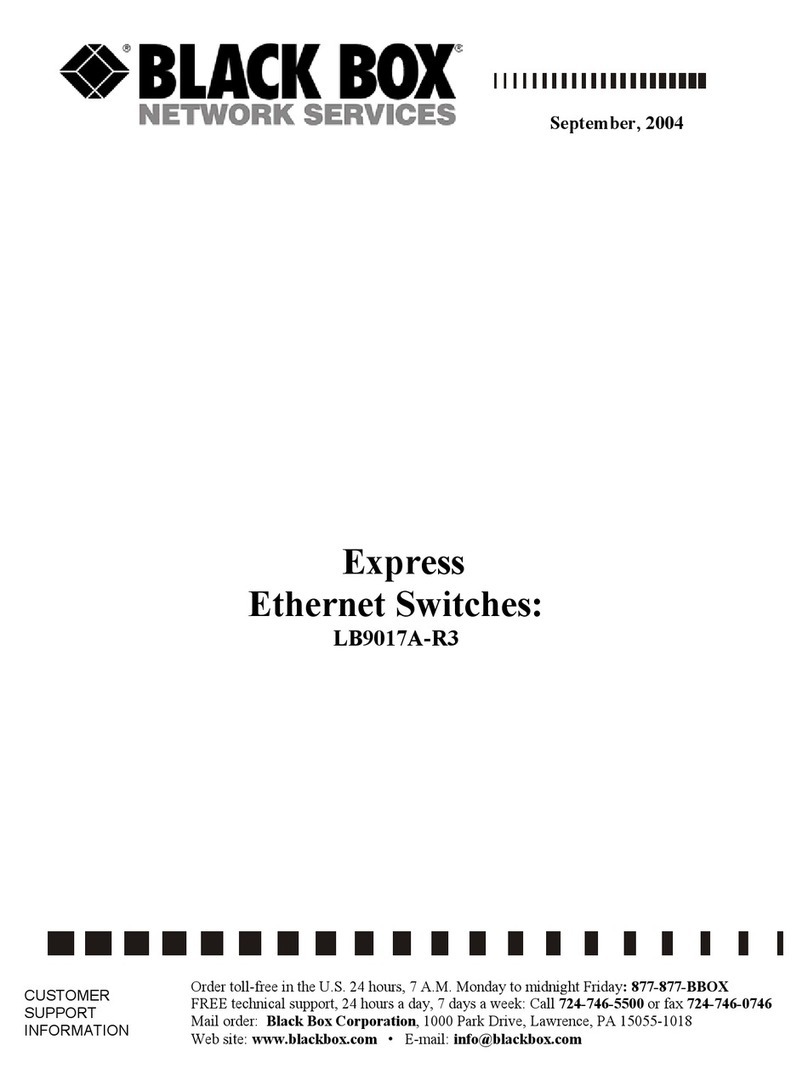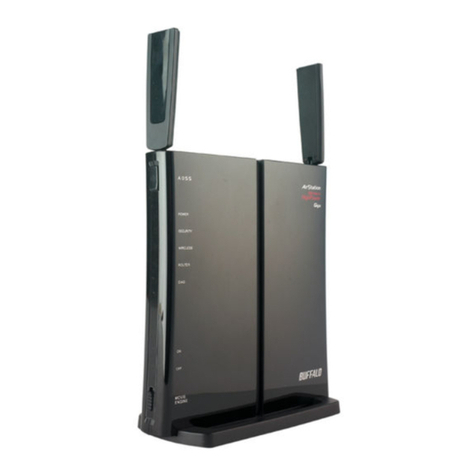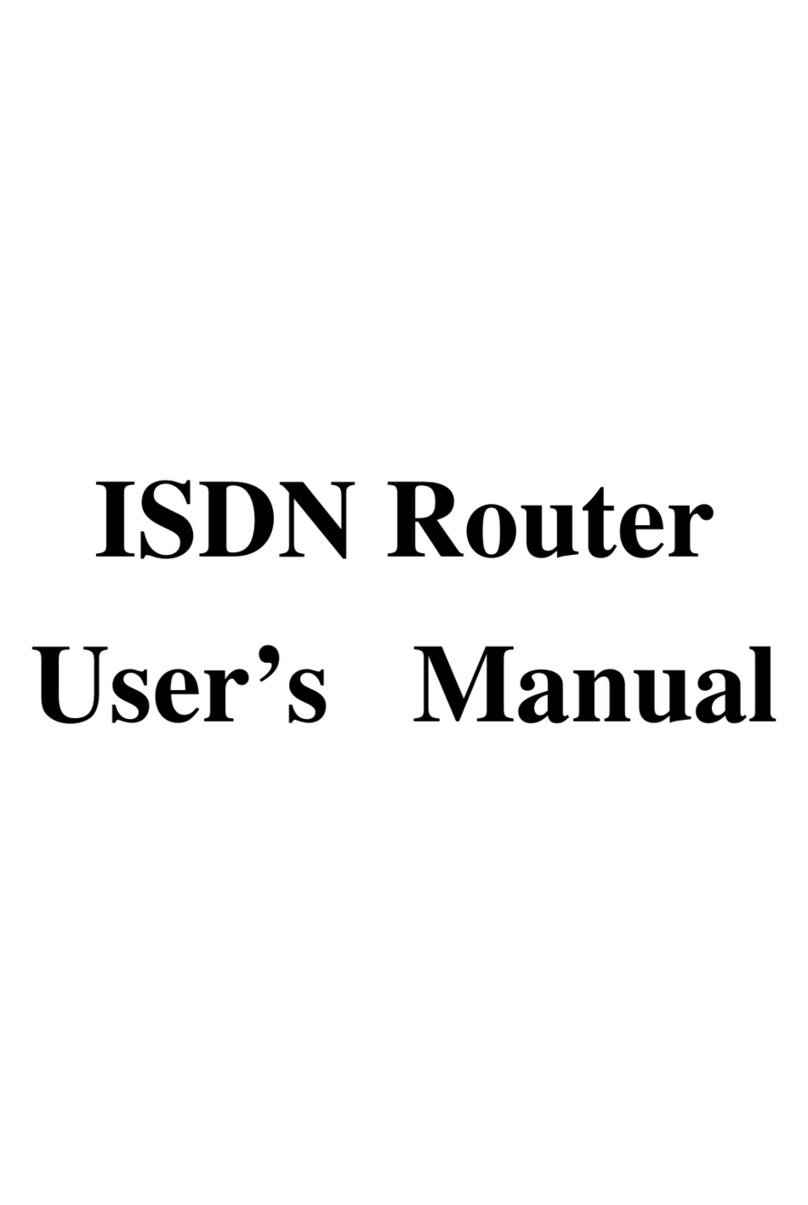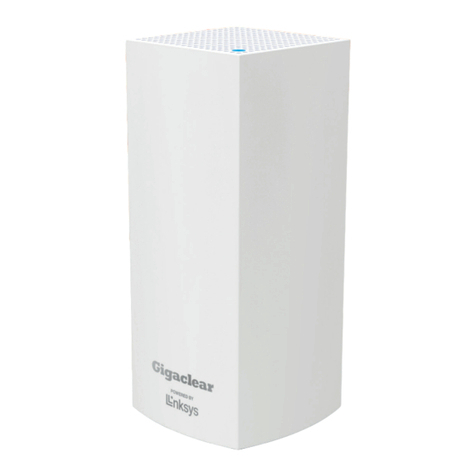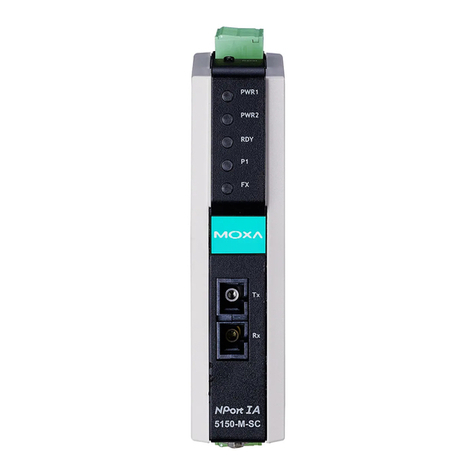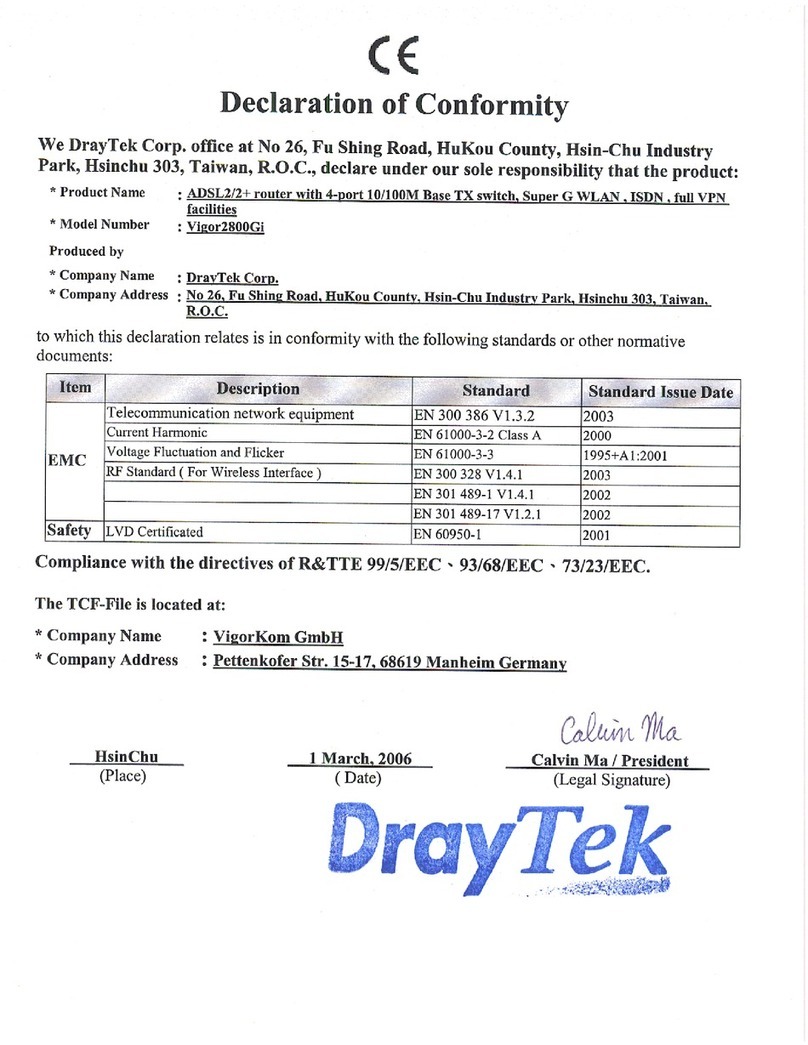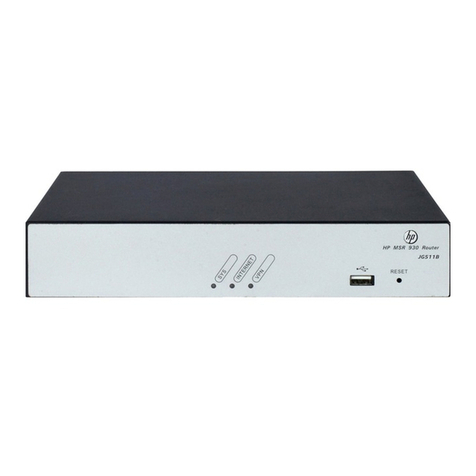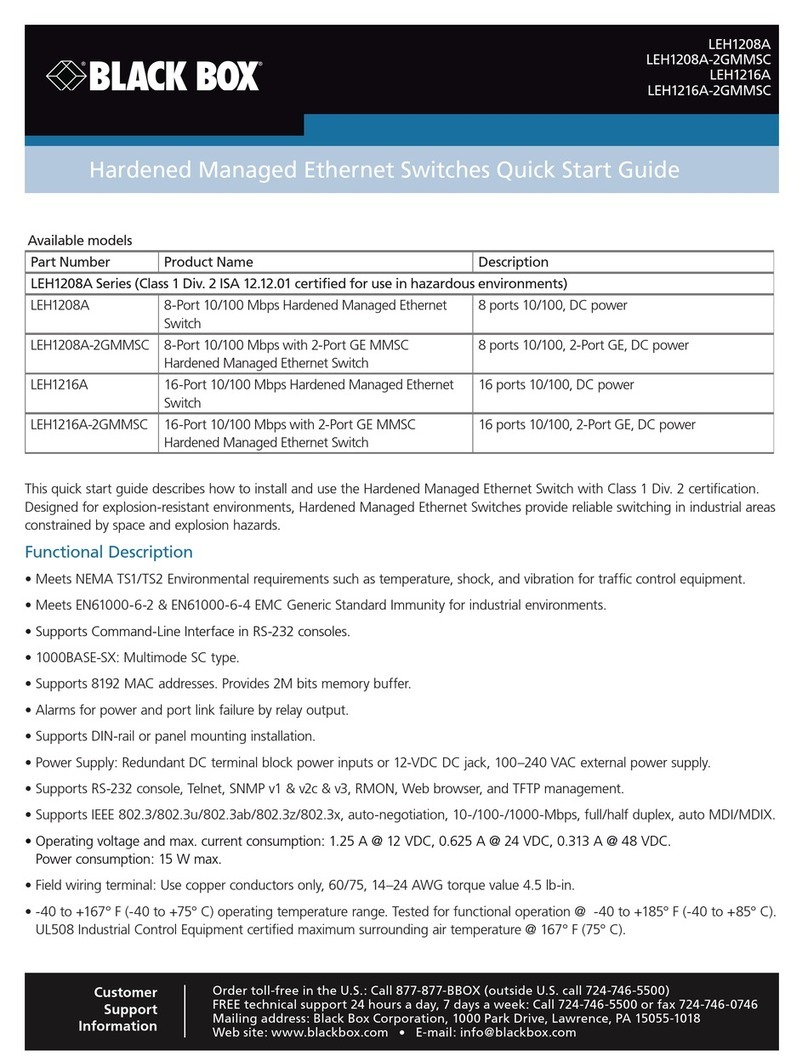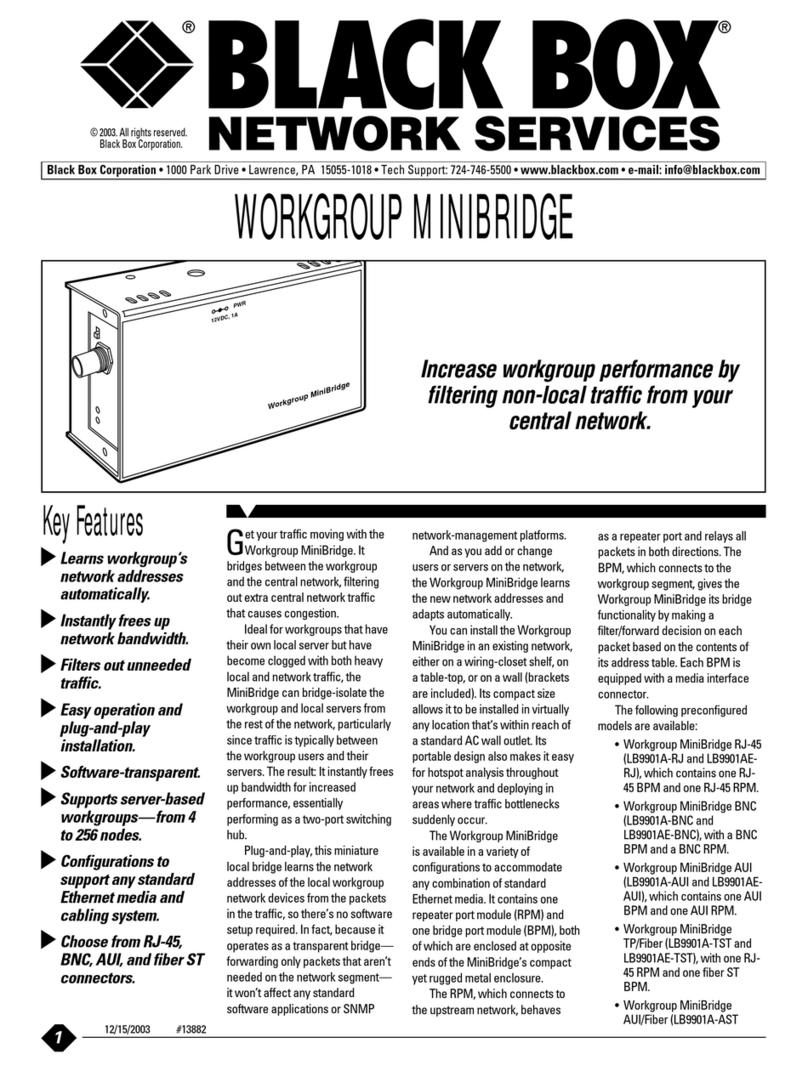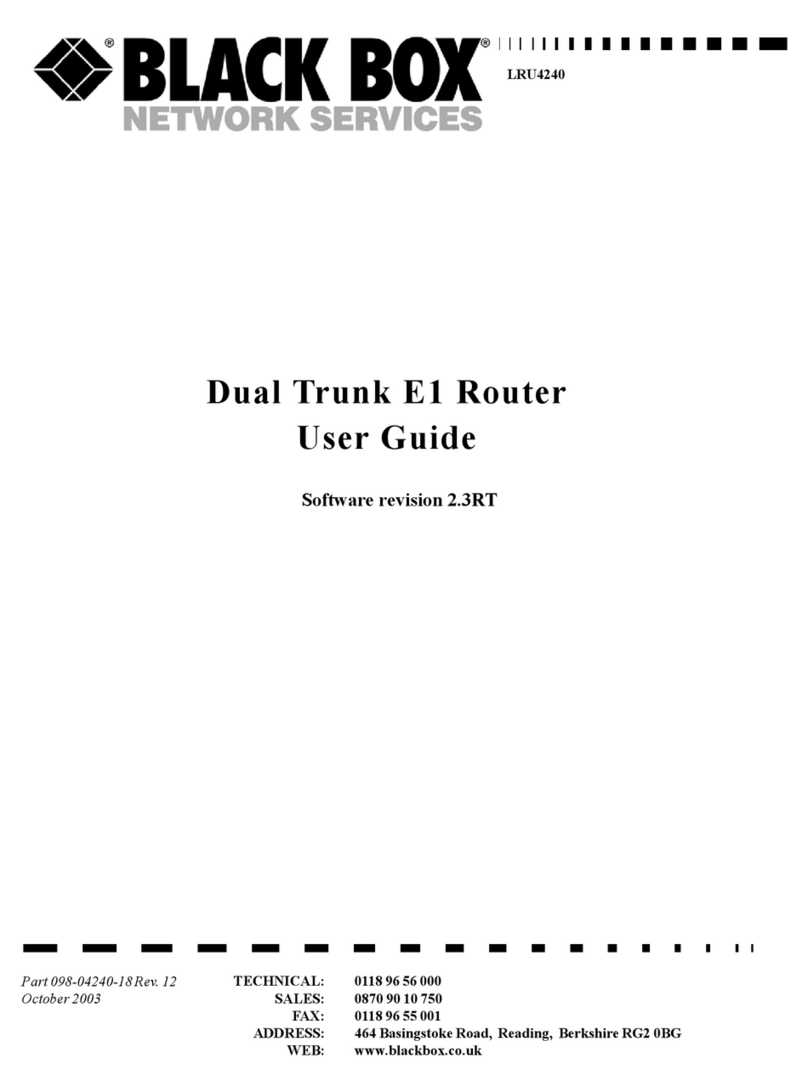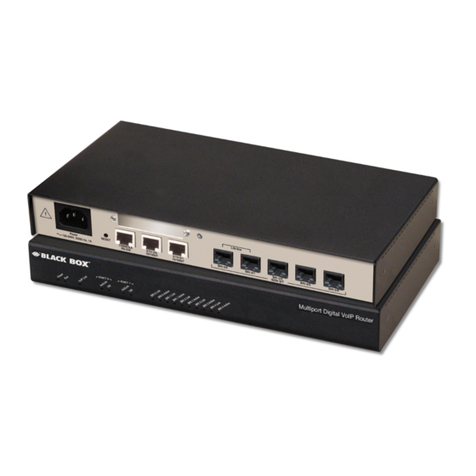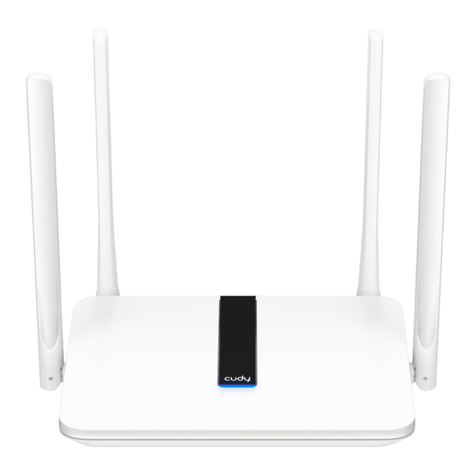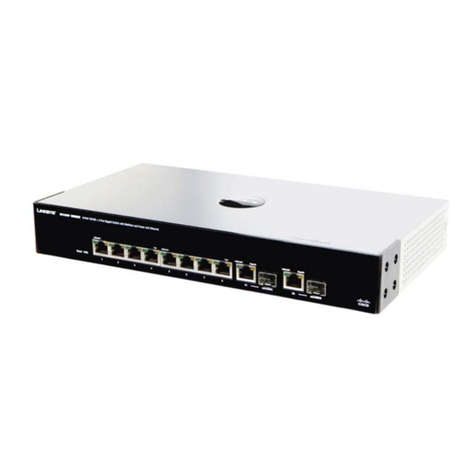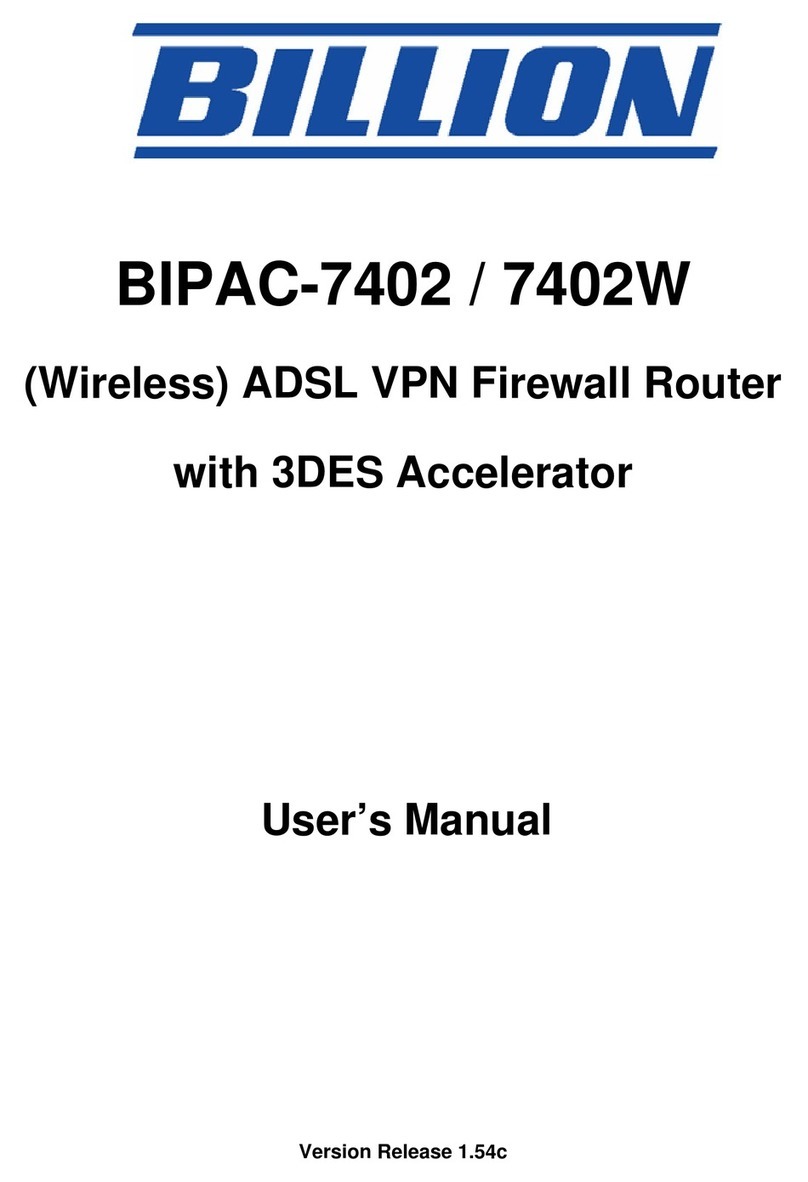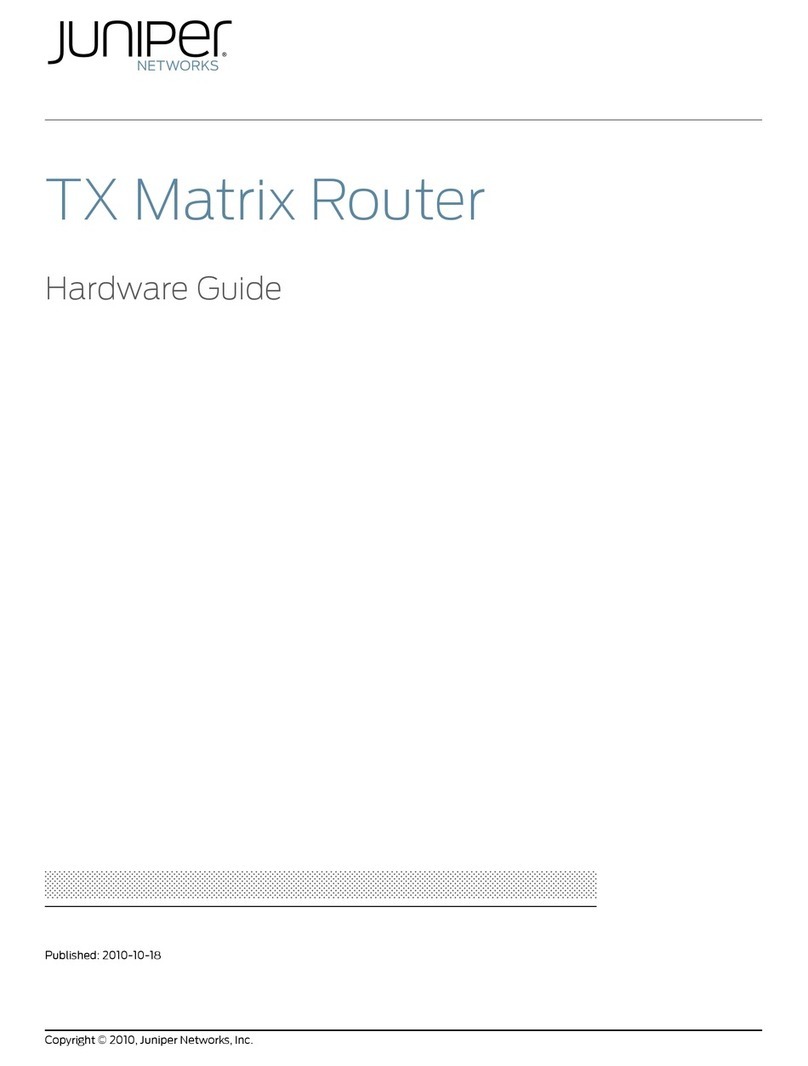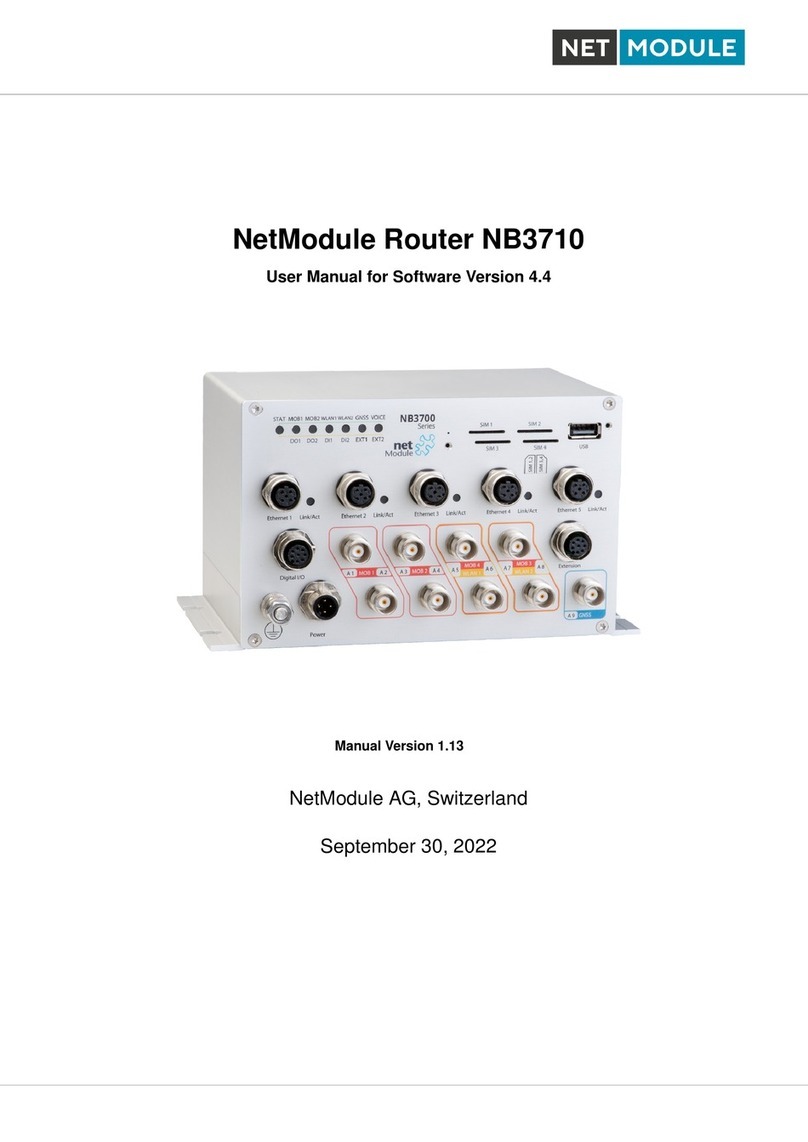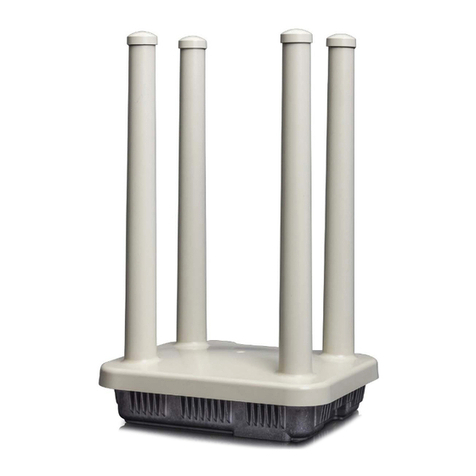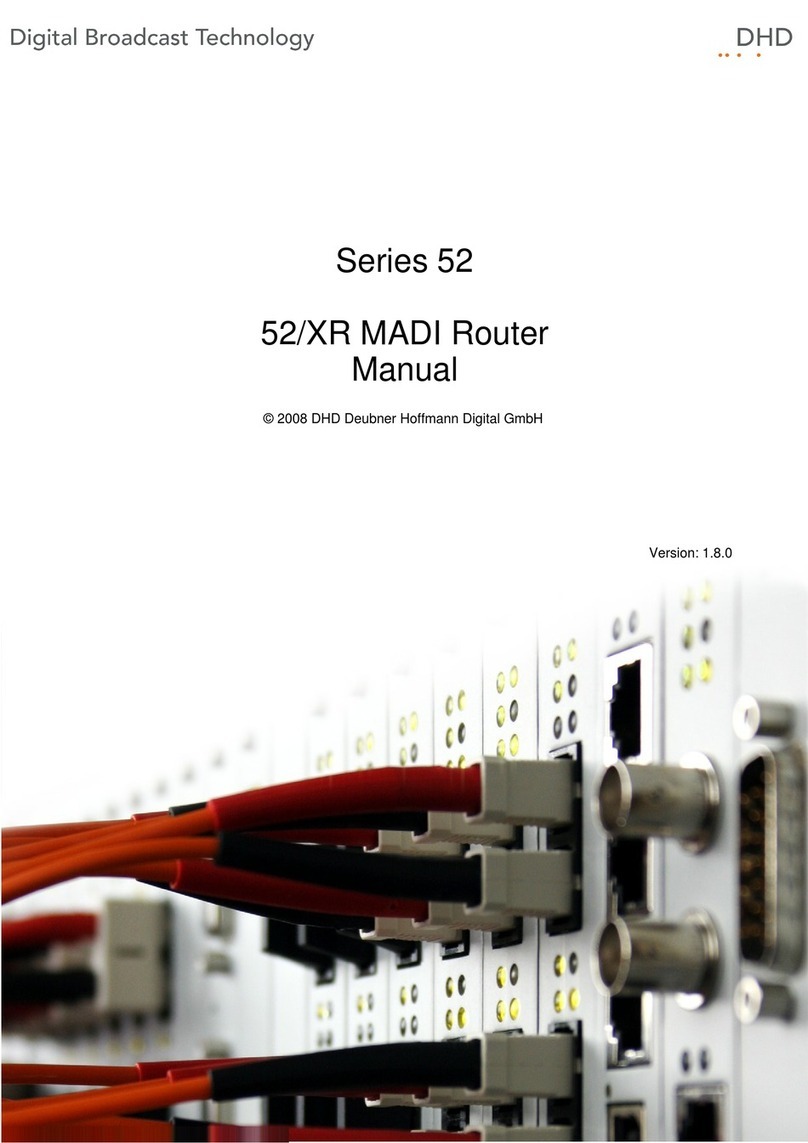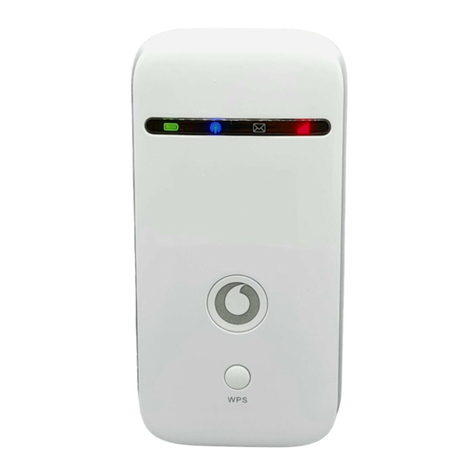
Ethernet to G.703 Bridge
PPP Operational Background
PPP is a protocol used for multi-plexed transport over a point-to-point
link. PPP operates on all full duplex media, and is a symmetric peer-to-peer
protocol, which can be broken into three main components: 1. A standard
method to encapsulate datagrams over serial links; 2. A Link Control
Protocol (LCP) to establish, configure, and test the data-link connection; 3. A
family of Network Control Protocols (NCPs) to establish and configure
different network layer protocols.
In order to establish communications over a point-to-point link, each end
of the PPP link must first announce its capabilities and agree on the
parameters of the link’s operation.This exchange is facilitated through LCP
Configure-Request packets.
Once the link has been established and optional facilities have been
negotiated, PPP will attempt to establish a network protocol. PPP will use
Network Control Protocol (NCP) to choose and configure one or more
network layer protocols. Once each of the network layer protocols have been
configured, datagrams from the established network layer protocol can be
sent over the link. The link will remain configured for these communications
until explicit LCP or NCP packets close the link down, or until some external
event occurs.
The PPP Bridging Control Protocol (BCP), defined in RFC 1638,
configures and enables/disables the bridge protocol on both ends of the
point-to-point link. BCP uses the same packet exchange mechanism as
the Link Control Protocol (LCP). BCP is a Network Control Protocol of
PPP, bridge packets may not be exchanged until PPP has reached the
network layer protocol phase.
Applications
In situations where a routed network requires connectivity to a
remote Ethernet network, the interface on a router can be configured as a
PPP IP Half Bridge. The serial line to the remote bridge functions as a
Virtual Ethernet interface, effectively extending the routers serial port
connection to the remote network. The bridge device sends bridge
packets (BPDU's) to the router's serial interface. The router will receive
the layer three address information and will forward these packets based
on its IP address.
Figure 1 shows a typical Cisco router with a serial interface configured as
a PPP Half Bridge. The router serial interface uses a remote device that
supports PPP bridging to function as a node on the remote Ethernet network.
The serial interface on the Cisco will have an IP address on the same
Ethernet
subnet as the bridge.
Ethernet to G.703 Bridge
General Information
Thank you for your purchase of this Black Box product. This product has been
thoroughly inspected and tested and is warranted for One Year parts and labor. If any
questions or problems arise during installation or use of this product, please do not
hesitate to contact Black Box Technical Support.
Features
• Terminates G.703 and G.704, E1/fractional E1 service
• Available in low-cost standalone or rack-mountable versions
• n x 64 kbps data rates to 2.048 Mbps
• 10Base-T Ethernet bridge
• PPP (Point to Point Protocol, RFC 1661) with Bridge Control Protocol (RFC
1638)
• 75-ohm dual coax and 120-ohm twisted-pair G.703 connections
• Local and remote loopback diagnostics
• Internal and G.703 network timing
• CE and BABT approvals
• 90-260VAC & 48VDC power options
• Conforms to ONP requirements CTR 12 and CTR 13 for connection to
international Telecom networks
Description
The Ethernet to G.703 Bridge receives channelized G.704 (n x 64kbps) or clear
channel E1/G.703 (2.048-Mbps) data from the telco's digital data network. The
Ethernet to G.703 Bridge terminates the G.703 telco interface and converts the data
for transmission to a user-oriented 10Base-T (802.3) Ethernet interface.
The Ethernet (Ethernet to G.703 Bridge ) supports an integrated 10Base-T
(802.3) Ethernet port with transparent bridging capability for IP, IPX, DECnet,
NetBIOS and other layer-3 protocols. The Ethernet to G.703 Bridge attaches to the
LAN and intelligently bridges data traffic to the large central site router through the
telco's leased line network. The Ethernet to G.703 Bridge supports PPP (RFC 1661)
and BCP (RFC 1638).
The Ethernet to G.703 Bridge is a 10Base-T bridge that operates over
G.703/G.704 lines. It uses MAC learning and forwarding to provide seamless LAN-
to-LAN connectivity. As a result, corporate enterprises can connect their servers to a
pair of NTUs and automatically forward data packets that are meant for the remote
network. Local packets are filtered and passed only to the local LAN.













